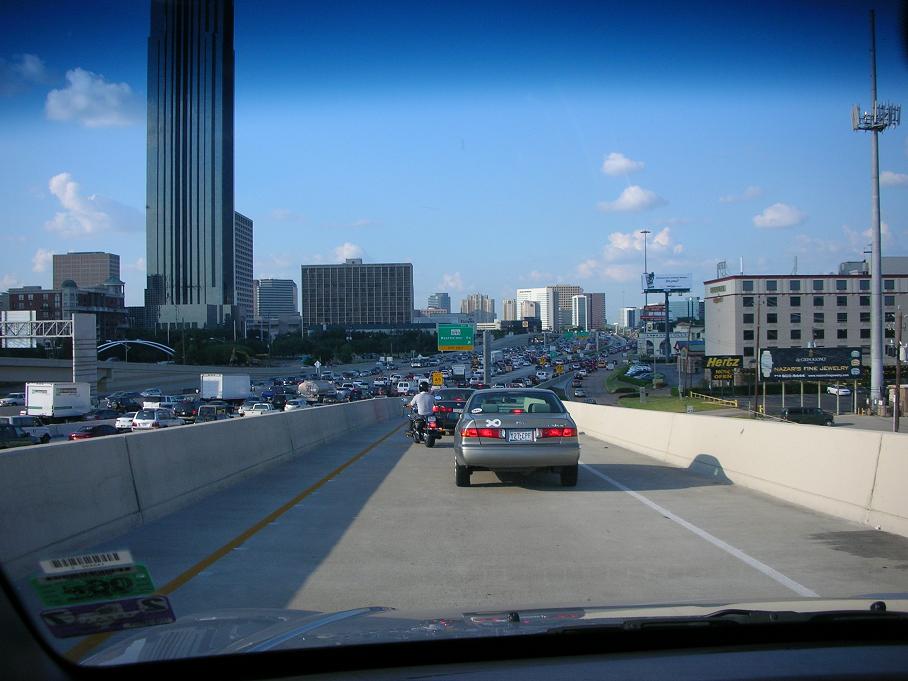Here's the easy way to do it.
- Duplicate the photo into a new layer. So now you have the photo on two identical layers. Rename the topmost layer to something such as "blurred".
- Make the "blurred" layer active, then Select=>All (from the dropdown menus or Ctl-A).
- Blur the entire layer. I suggest using the Gaussian blur tool - set the pixel blur to whatever setting gives you the amount of blur you want in the deepest part of the photo. At this point the entire photo will look blurred, but that's OK.
- With the blur layer still selected and entire layer selected, create a mask for the "blurred" layer. You can do this from the dropdown menu or by right clicking on the "blurred" layer in the layers palette. If given the option to Hide Selection" or "Show Selection", select "Hide Selection". A mask layer will now be added to the "Layers" palette on the right side of the image and it should be grouped with the "blurred" layer. The mask layer should be completely black, and the picture should now be completely unblurred. (That's because the black mask completely hides the blurred layer.)
- Make the bottom layer (your original unblurred photo) the active layer. Do this by clicking on the icon for that layer in the layers palette.
- Using the selection tools, make a selection of the areas that you want to appear blurred. (It may actually be easier to select the areas you don't want to blur, then invert the selection.)
- Make the mask the active layer by clicking on it in the layers palette. Now use the bulk fill tool (probably shows a paint bucket icon) to fill the selected area on the mask with white paint.
- Now you should see blurring only in the areas you selected to be blurred. Note that this corresponds to the areas on the mask that you just painted white. The areas where the mask is black will remain unblurred.
The nice part of this method is you can now go back and touch up your blurring by painting
on the mask. For example, if you blurred an area that you shouldn't have, you can fix it simply by applying black paint
on the mask over the area that you want to have unblurred. Or put white paint on the mask over areas that you do want blurred.
If there is an area that you want blurred, but without a full strength blur, paint on the mask with a gray color in that area. The darker the gray, the less the blurring. (If you're following this, black on the mask hides whatever is below the mask; white on the mask shows whatever is below the mask. Gray partially hides and partially shows, with darker grays hiding more of the layer, while lighter grays show more of the layer.)
I know this sounds complicated but after you do it a couple of times the work with layers becomes a snap. The most tedious part is making the selection














